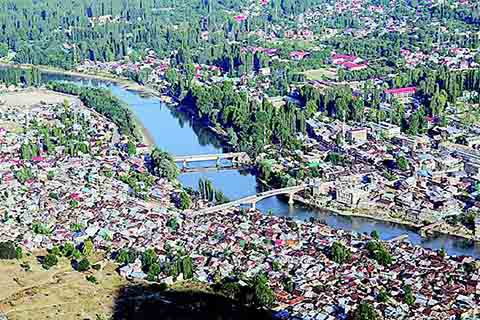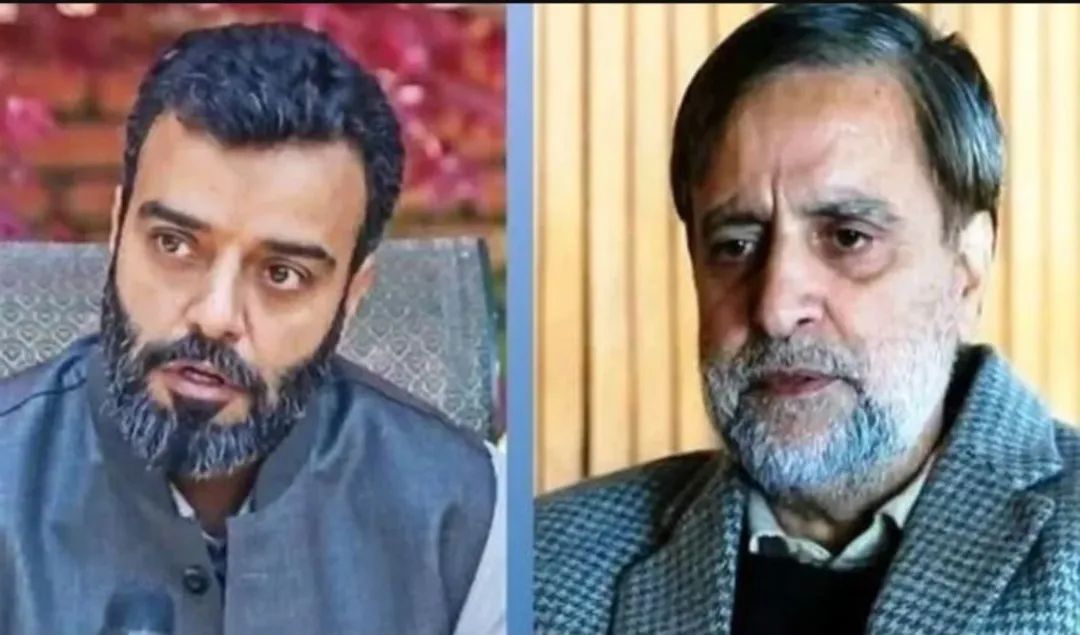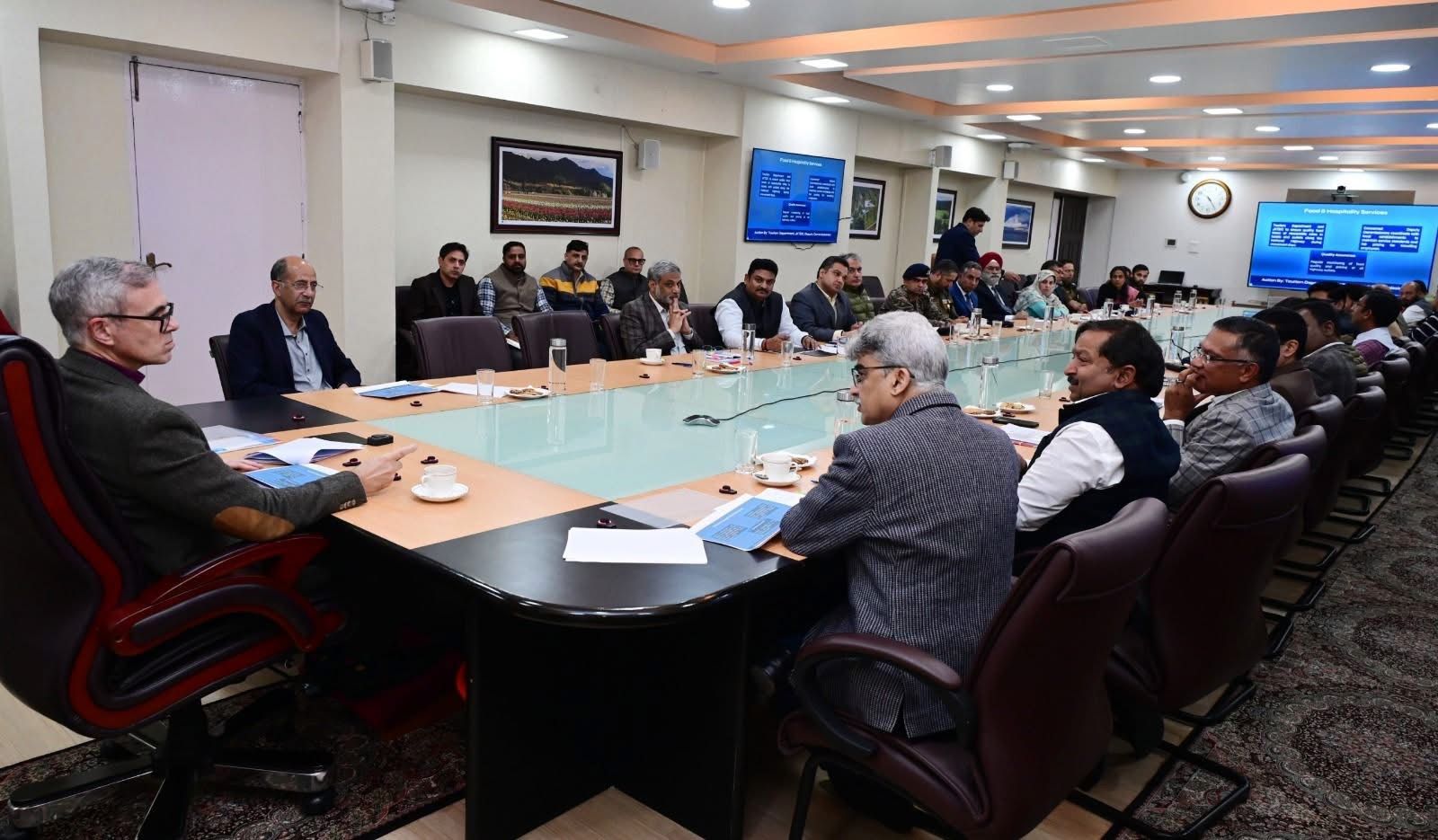
Baramulla, once associated with turbulence and stagnation, has now emerged as the rising star of Jammu and Kashmir’s developmental story. Over the last two years, the district has undergone a sweeping transformation—an achievement credited to an extraordinary partnership between the government, local administration, communities, and the Indian Army. With over 7,800 completed projects across infrastructure, employment, environment, and culture, Baramulla today symbolizes opportunity where hopelessness once prevailed.
This story, however, is not confined within Baramulla’s borders. From Kupwara to Pulwama, from Budgam to Anantnag, conversations in tea stalls, village councils, and district headquarters echo a common refrain: “We want to be the next Baramulla.” The district has become a benchmark for progress, a dream of replication, and a symbol of what is possible even for regions long overshadowed by conflict.
The Allure of Baramulla’s Journey
Why do other districts look at Baramulla with such admiration? The reasons lie in the scale and nature of change. Over 2,600 development projects were completed in a single year (2022–23), matched by another 2,593 in 2023–24 alone. Roads that once crumbled under neglect now connect hamlets smoothly to cities. The inauguration of the Udhampur–Srinagar–Baramulla Railway Link has turned the district into a gateway to opportunities, shrinking distances to trade centers and universities.
The recurring theme from Baramulla is inclusivity—whether through schools for differently-abled children, job fairs that absorb rural youth into modern industries, or eco-friendly initiatives turning plastic into livelihoods. In sum, it is not just economic figures but a sense of dignity that has been restored.
For neighboring districts still wrestling with bottlenecks in governance, employment scarcity, fragile infrastructure, and youth alienation, Baramulla’s playbook has become highly aspirational.
Infrastructure as the New Aspirational Bar
Kupwara, historically described as “the frontier,” faces similar geographical challenges that once constrained Baramulla. But with Baramulla’s improved highways and rail connectivity, Kupwara’s leaders openly dream of replicating such connectivity. The Chenab Rail Bridge and Tunnel T-50 are discussed in local universities as case studies of engineering brilliance, instilling hope that frontier districts too will one day enjoy seamless access to the economic heart of the Union Territory.
Pulwama and Shopian, fruit-bowl districts famous for apples, have begun demanding road upgrades akin to Baramulla’s PMGSY and NABARD-backed blacktopping. In meetings with officials, orchard farmers cite Baramulla as proof that better logistics amplify market reach and export potential. Baramulla has shifted the conversation—infrastructure is no longer a distant promise; it is now a realistic demand.
The Employment Model Others Want
Perhaps the most envied initiative is Baramulla’s employment generation strategy. Job fairs organized jointly by the Army and the District Administration saw over 7,000 participants in 2024 and 2025, with direct placements, skill certifications, and entrepreneurship workshops. Such large-scale platforms were unprecedented in the Valley.
Today, the ripple effect is visible: Ganderbal’s youth forums and Pulwama’s business councils have been urging their administrations to replicate Baramulla’s job-fair model. One young graduate from Anantnag was quoted in a local paper saying, “If Baramulla can give thousands of us a chance to meet companies face-to-face, why should we be limited to online forms that seldom get answered?”
The Chinar YUVA Centre, where plastic waste is recycled into useful products while training women and youth, has become a case study in turning ecological challenges into economic opportunity. NGOs from Budgam and Poonch have approached its managers to understand how they can replicate such skill-linked environmental enterprises.
Educational Inspiration
Education has long been a stumbling block in Kashmir, particularly due to geographical isolation and historical disruptions of schooling. In Baramulla, however, the rise of Army Goodwill Schools, the Gaash Academy for underprivileged children, and the Dagger Parivaar School for differently-abled students has inspired new demands across the region.
In districts like Bandipora and Ramban, parents have started pressing their administrations to establish equivalent schools where rural children or differently-abled students can have access to specialized attention. For many, the broadening of inclusivity in education marks a cultural shift that is even more transformative than infrastructure.
The Cultural and Tourism Benchmark
Baramulla’s cultural revival has turned heads across all of Kashmir. The folk music events that achieved records, the Chillai-Kalan Festival in Gulmarg, and the transformation of Kaman Post into a “Bridge of Peace” tourist symbol have not only placed Baramulla in news headlines but have also reframed how other districts perceive their identity.
Districts like Kulgam and Budgam now actively discuss hosting large-scale cultural festivals as platforms for youth engagement and as drivers of tourism. The Gulmarg Army Museum, nicknamed “Gul-A-Seum,” attracting 50,000 visitors in its first year, has already led leaders in Pahalgam and Sonamarg to propose equivalent cultural-tourism attractions.
Baramulla has effectively shown how heritage and hospitality can reshape a district’s narrative from one of conflict to one of celebration.
Environmental Role Model
Baramulla’s environmental consciousness has been equally inspiring. The rise in Pir Panjal Markhor numbers or the anti-plastic drives spearheaded by schools and youth have received statewide appreciation. Pulwama’s environmental councils have already initiated pilot recycling projects citing Baramulla’s plastic facility as their prototype. Similarly, Kupwara volunteers have adapted the waste management playbook proposed by Baramulla’s Municipal Council.
The message is clear: ecological responsibility is no longer a side issue—it is central to development. And it was Baramulla that mainstreamed this thinking by blending youth empowerment with eco-stewardship.
Democratic Lessons
The 2024 Lok Sabha elections, where Baramulla recorded 58.9% voter turnout—the highest in 35 years—set a political precedent. Voter participation doubling in Line of Control villages has become the talking point across other districts. Political leaders in Handwara, Pulwama, and Anantnag cite Baramulla as proof that peace and democratic faith are achievable when security and development walk together.
As one Kupwara-based activist observed, “Baramulla reminded the Valley that ballots can speak louder than bullets when citizens are given dignity and confidence.”
Towards a Replicable Model
District administrators and political thinkers are now analyzing the Baramulla template. They see it not as an isolated miracle but as a replicable model built on key pillars:
Civil-military synergy ensuring both security and development.
Accelerated infrastructure projects that touch everyday life.
Youth empowerment via jobs, skills, and sports.
Cultural revival to soothe identity wounds and refresh pride.
Environmental ecology integrated with livelihoods.
Trust in democracy restoring participatory governance.
For districts still recovering from decades of uncertainty, Baramulla is more than just an inspiration; it is a roadmap.
The New Kashmir Dream
As Kashmir inches toward a more hopeful chapter, Baramulla stands at the forefront, embodying resilience, opportunity, and inclusivity. The dreams resonating in Pulwama, Kupwara, Ganderbal, and beyond are not mere aspirations—they are achievable milestones signposted by Baramulla’s journey.
Sources: Government reports (District Administration Baramulla progress reports 2023–25, J&K Economic Survey 2024–25).
Press releases from the Ministry of Railways (regarding the Chenab Bridge, USBRL project).Udhampur–Srinagar–Baramulla Railway Link updates from Indian Railways.
Speeches/notes from J&K Chief Secretary on waste management reforms.
Local news coverage (Daily Excelsior, Greater Kashmir) on job fairs, cultural fests, and election turnout.







